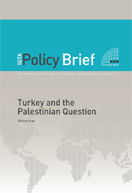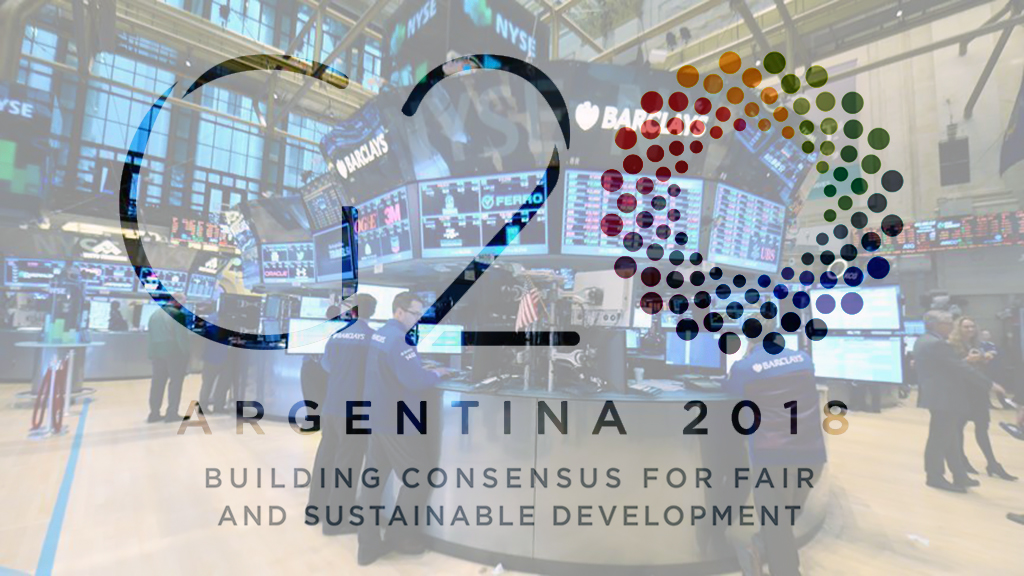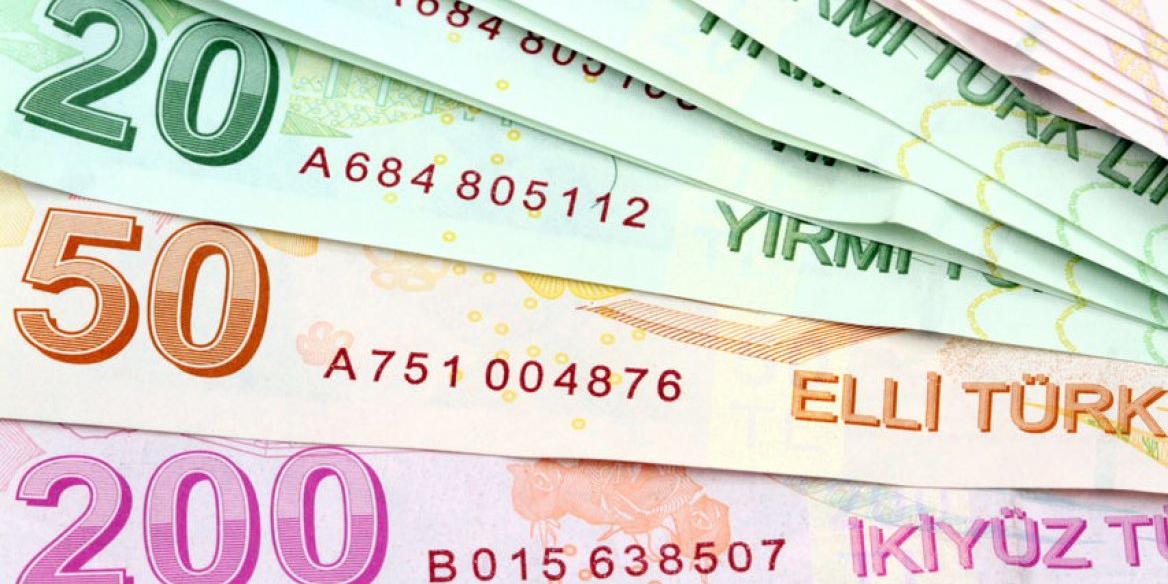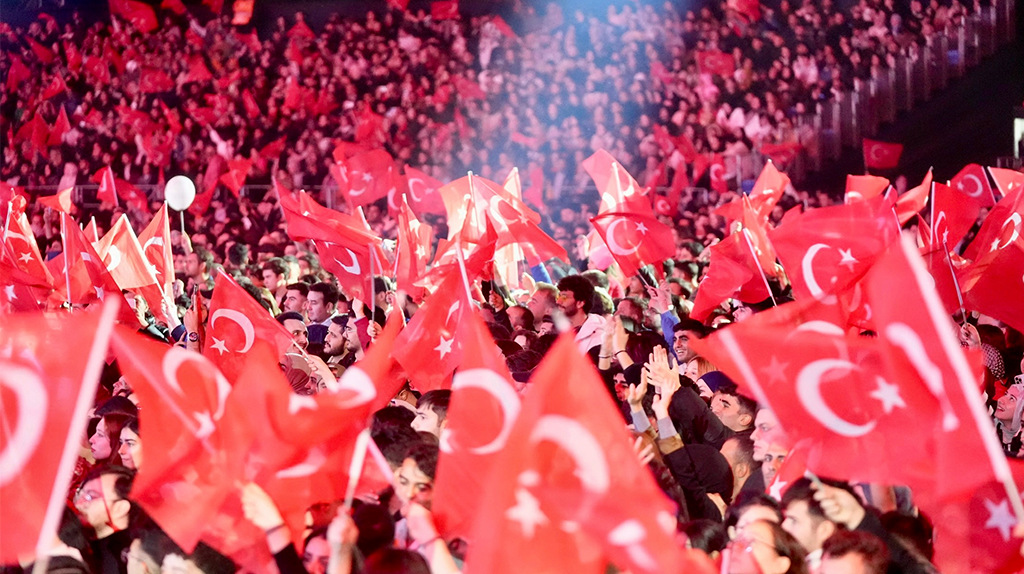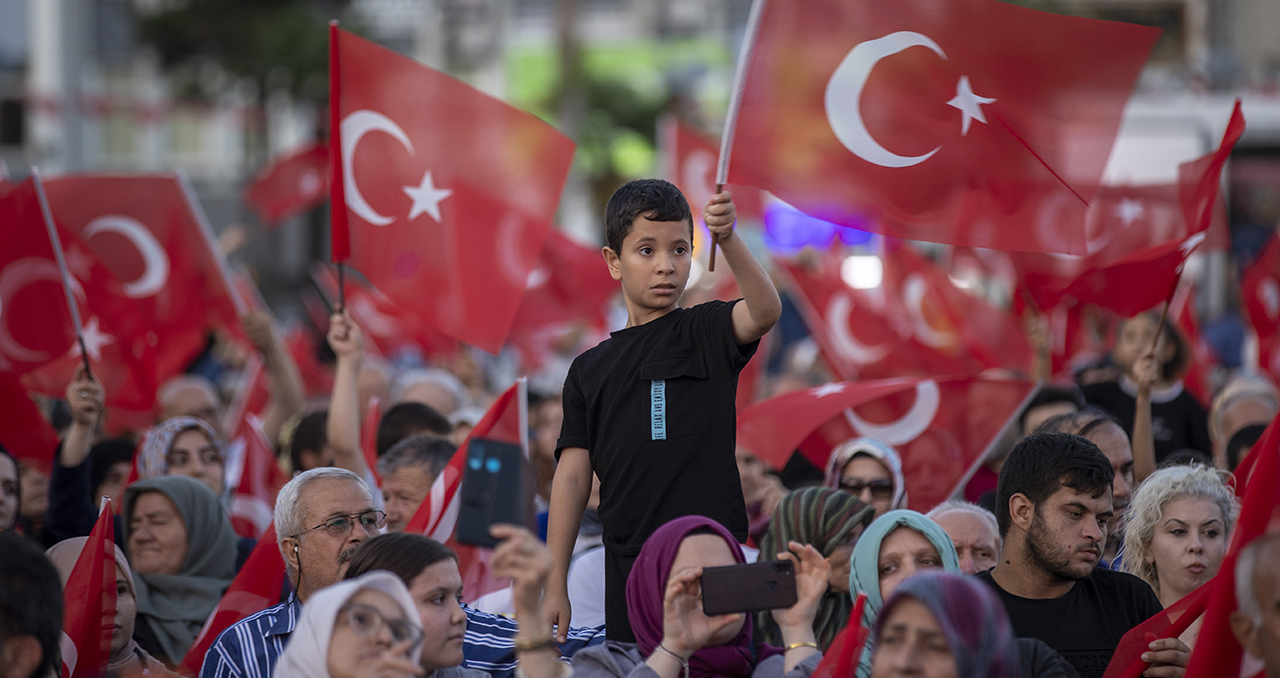Since 1960, nineteen Standby arrangements have been signed. With these agreements, significant progress has been made in Turkish economy: inflation has fallen to the lowest level since 1986, the public debt-to-GNP ratio has been falling, and interest rates have declined rapidly. IMF’s immediate goals concern exchange rate stability and balance of payments, and evaluations of IMF programs tend to concentrate on these two objectives. Yet, whether or not the IMF programs have positive effects on these short-term goals, what ultimately matters is that they induce economic growth and do not concentrate on incomes.
What are the economic factors that push a country to seek financial assistance from the International Monetary Fund? What sorts of government policy commitments are most closely related with the fund approval of a financial arrangement? These are the kinds of questions frequently asked in developing countries. The purpose of IMF’s standby is to address short-term economic problems. The standby agreements provide general support of a country’s balance of payments and international reserves while the country takes policy action to address its difficulties. The IMF also focuses on the macroeconomic performance of world economies, as well as on macroeconomic and financial sector policy. Given the history of IMF agreements in Turkey, the first Standby with IMF was signed in 1961. As the economic boom ended suddenly in the mid-fifties, agricultural production and the primary foreign exchange earning sector was impaired by the bad weather conditions that caused the real gross domestic investment to fall substantially. This was the beginning of Turkey’s economic crisis and the need for external loans and eventually the IMF-imposed stabilization programs. Nine stand-by arrangements took place between 1961 and1970. Due to achieved improvement in the balance of payments and reduction in imports during this period, the proposed amount of funds, SDR 90 million, have not been used by the 1961, 1962 and 1965 stand-by arrangement. These arrangements were completed in due time and only SDR (Special Drawing Rights) 31 million was used. Although the 1964 stand-by arrangement was revised two times, it was eventually cancelled and the proposed funds were not used. The 1969 stand-by was also cancelled since a new government came to power and intended to prepare a new program. The new government’s program had provisions for reforming institutions, harmonization of policies and many radical policies. Thus, with these two arrangements only SDR 29 millions was used over the proposed amount of SDR 48.5 million.
Due to the first and second oil crises of 1973 and 1979, Turkey rescheduled its debt with consecutive agreements signed with OECD countries in 1978 and with commercial banks in 1979 and 1980. With these agreements, both the government debts and commercial debt repayments were rescheduled. Despite the fact that the relief brought about by the capitalization of interest payments in rescheduling content, rescheduling increased Turkey’s external debt stock in the 1970s. Due to these developments, Turkey intended to have IMF stand-by at the end of 70s and the beginning of 80s. Because of the poor performance criteria, the 1978 and 1983 stand-by arrangement were cancelled and new 1979 and 1984 stand-by arrangements took place. These arrangements were also cancelled because of the same reason. As a result, only a total of SDR 545 million used over 1 SDR billion.
Following a period of financial disorder at the end of 1970s, the Turkish government announced a structural adjustment policy in 1980. The 1980 structural adjustment program introduced some radical policies. Turkish economy was transformed from an inward to an outward orientated economy. The integration into the international economy brought liberalization of the foreign trade system. During this period, Turkey improved the balance of payments and high growth rates. The 1980 Standby was completed successfully and the

